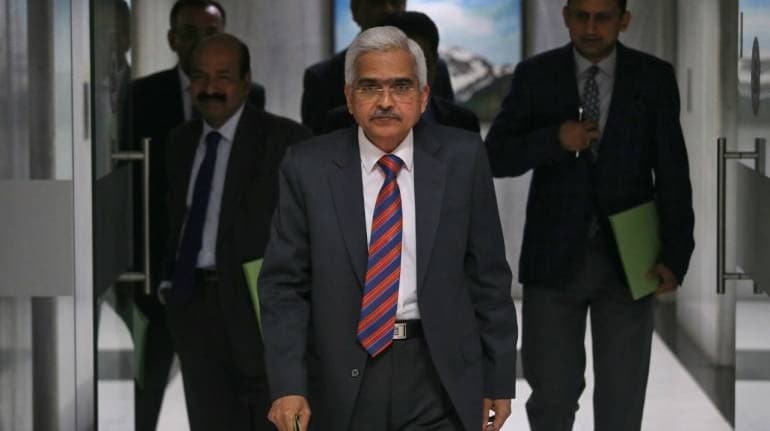



The present inflation target of 2 to 6 percent is appropriate for the next five years to ensure price stability, the Reserve Bank of India said in its report on currency and finance on February 26.
The observation is significant amid speculation that the government may ask the central bank to relax inflation targets to shore up the economy.
“Threshold inflation above which growth is unambiguously impaired ranges between 5 and 6 percent in India, indicating that an inflation rate of 6 percent is the appropriate upper tolerance limit for the inflation target,” the report said.
A lower bound of above 2 percent can lead to actual inflation frequently dipping below the tolerance band, while a lower bound below 2 percent will hamper growth, indicating that an inflation rate of 2 percent is the appropriate lower tolerance bound, the report said.
“Hence, the current numerical framework for defining price stability, i.e., an inflation target of 4 percent with a +/-2 percent tolerance band, is appropriate for the next five years,” the report said.
The government had in 2016 notified 4 percent consumer price index (CPI) inflation as the target for the period from August 5, 2016 to March 31, 2021
Last month, there were reports that the government was looking to raise the CPI-based inflation target under the monetary policy framework by a notch to 5 percent, with a tolerance level of plus and minus 2 percent from April 1 to give RBI more room to cut policy rates to boost growth in the pandemic-ravaged economy.
On the lower tolerance limit, measurement errors warrant caution. “Since inflation targets in AEs remain unchanged at about 2 percent, notwithstanding persistent deflationary conditions, the lower tolerance band in India should not be less than 2 percent,” the RBI report said.
This is also consistent with estimates of supply shocks, it said. On the upper tolerance limit, international experience suggests that countries with a large share of food in the CPI basket tend to have higher inflation targets and wider tolerance bands.
Threshold estimates over a longer sample period work out to 6 percent, beyond which tolerance of inflation can be harmful to growth, the report said.
“Hence, the current tolerance band of +/-2 percent may be retained, notwithstanding the central tendency emerging from the country experience of lowering targets and narrowing bands over time,” the report said.
Discover the latest Business News, Sensex, and Nifty updates. Obtain Personal Finance insights, tax queries, and expert opinions on Moneycontrol or download the Moneycontrol App to stay updated!
Find the best of Al News in one place, specially curated for you every weekend.
Stay on top of the latest tech trends and biggest startup news.